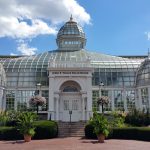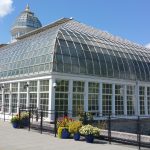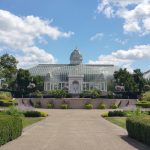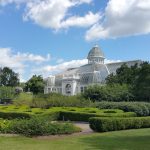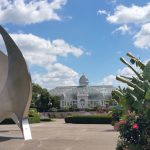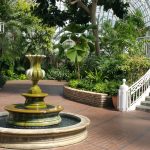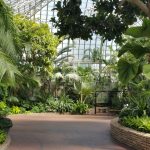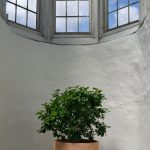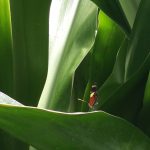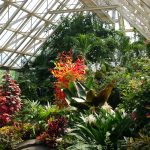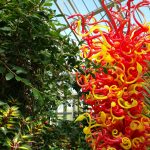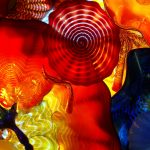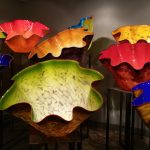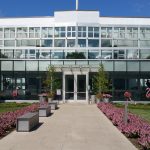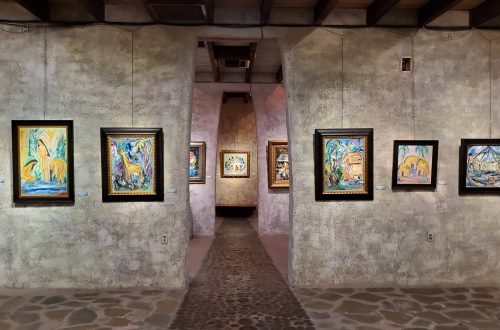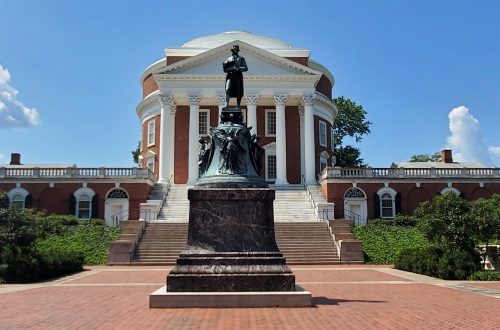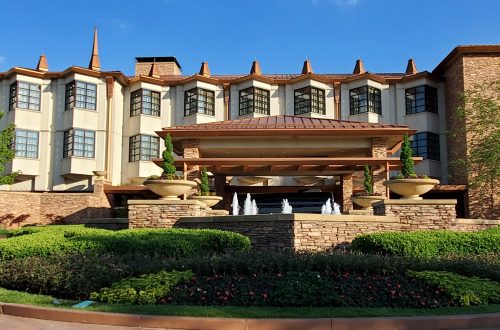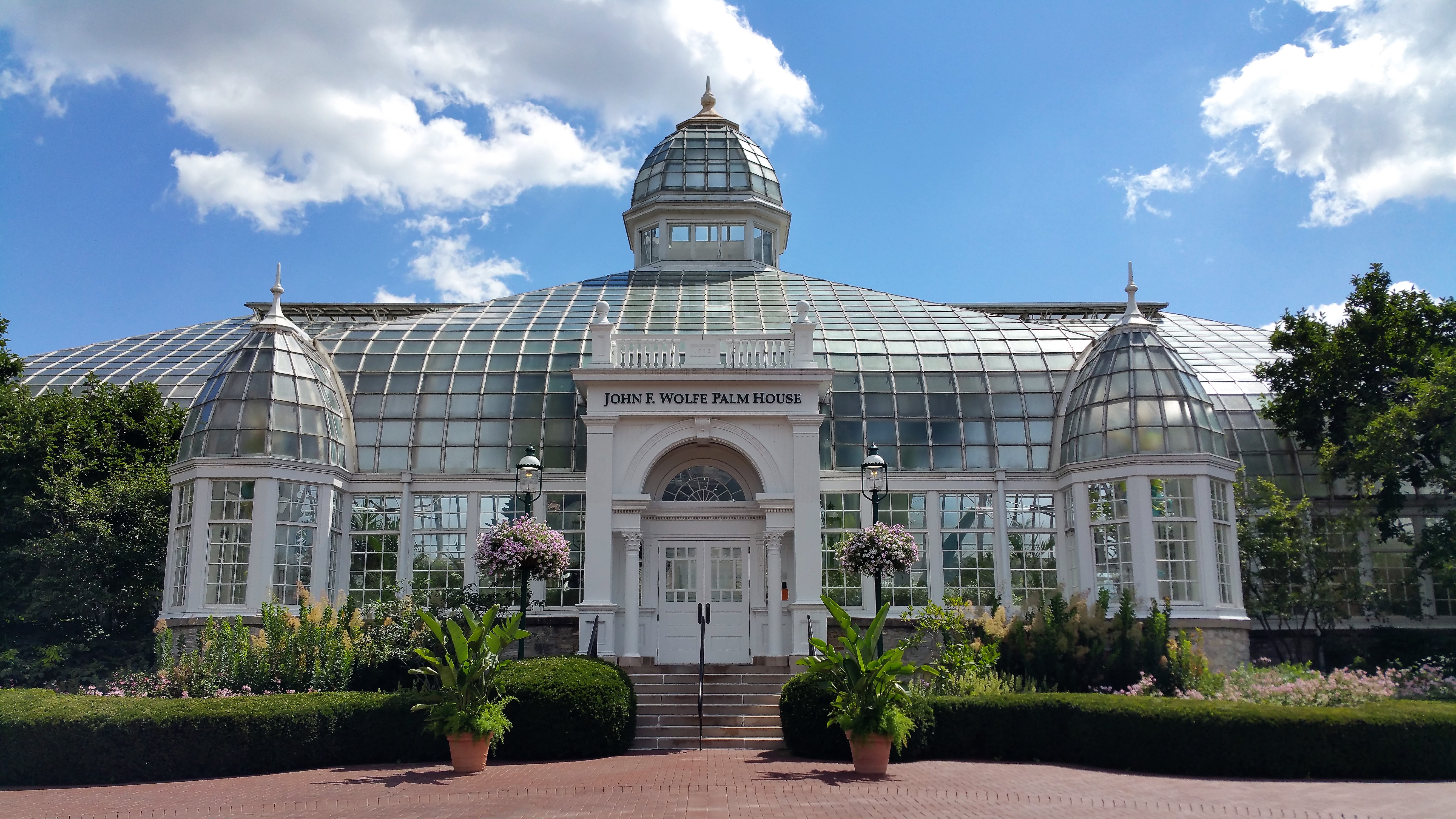
Franklin Park Conservatory- Columbus, OH
Like the Victorians, I go crazy over conservatories. To me, Palm Houses are absolute perfection. Grand, soaring structures, that bring the tropics to you. There are few better places to be on a cold winter day, except of course someplace actually tropical. After a Glass Palace was featured at the 1893 Chicago Columbian Exposition, cities across the country scrambled to build one of their own. Thankfully, a few of these beauties are still standing, such as Rawling’s Conservatory in Baltimore, and Franklin Park Conservatory in Columbus.
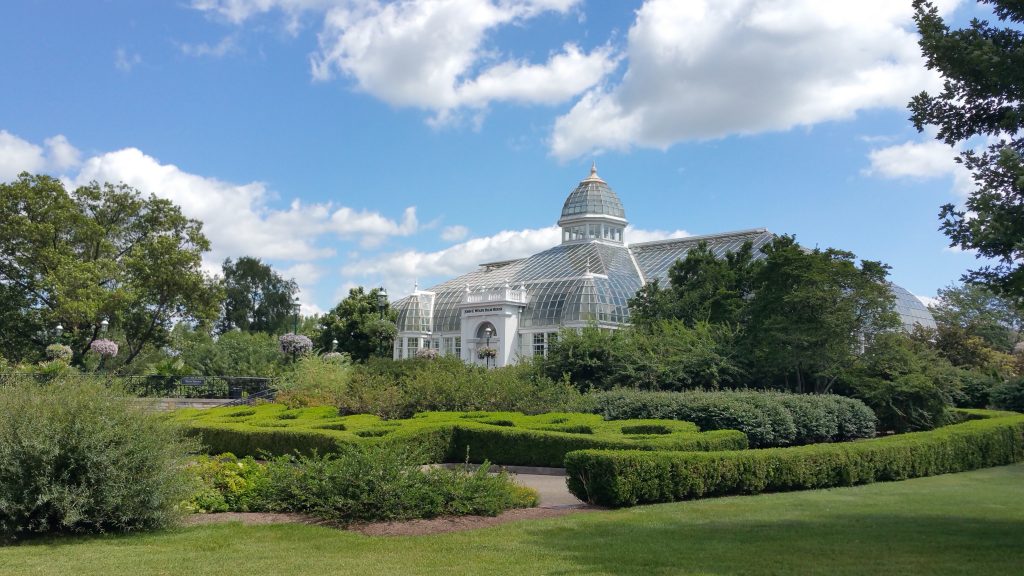
The land where the conservatory now sits was purchased in 1852 by the Franklin County Agricultural Society, to be used as the site of the Franklin County Fair. By 1884, it had been turned into the Ohio State Fair site, which quickly outgrew the space. The Fair then moved further outside the city, and the land sat vacant until declared a public park by the Ohio State Legislature on May 17, 1886.
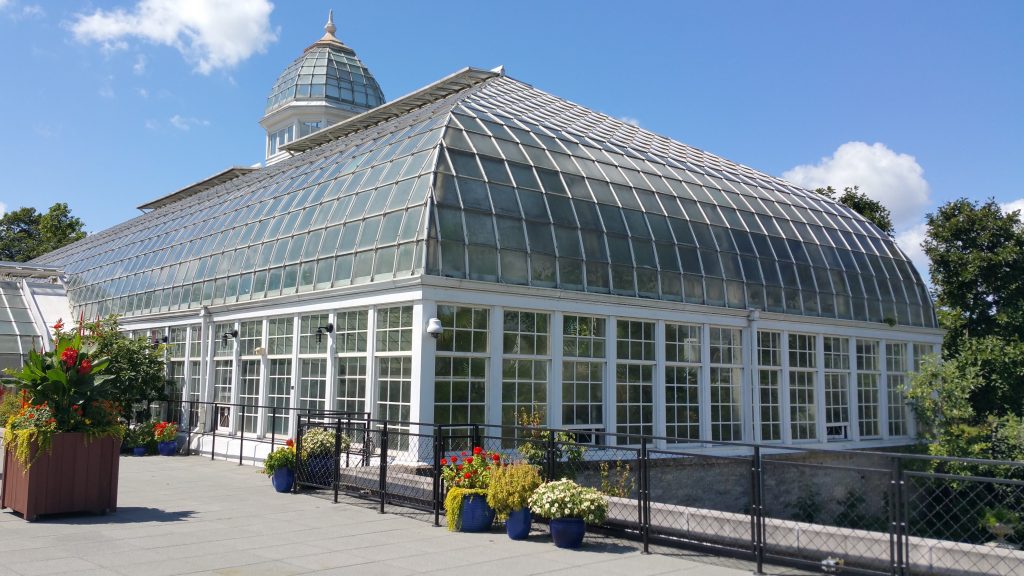
By this time, many U.S. cities were becoming increasing overcrowded, filled with tenements and few green spaces. In response, the City Beautiful Movement arose, seeking to introduce beautification and order to these urban areas. The first great undertaking of this movement in the United States was the 1893 World’s Columbian Exposition, and its legendary White City.
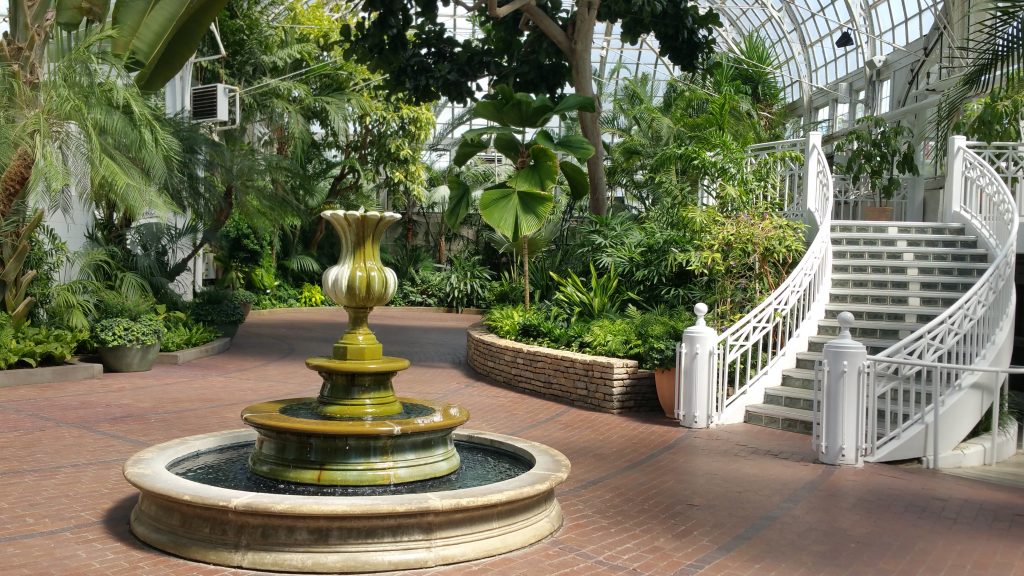
There, among the lagoons, monuments and broad boulevards, stood The Horticultural Building, a Venetian Renaissance greenhouse designed by William Le Baron Jenney. The highlight of the building was a 114 foot high dome, with a 180 foot diameter, which showcased towering palms and banana trees. It was beyond impressive; soon, every city wanted one of their own. Ironically, the Horticultural Building itself was torn down immediately following the fair.
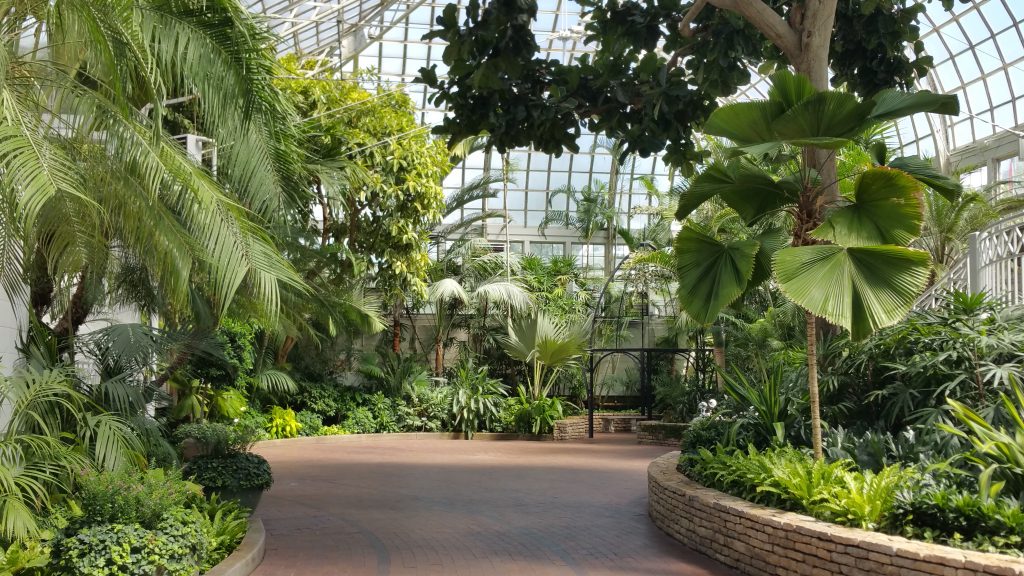
And so, in 1895, local Columbus architect J.M. Freese was commissioned to build the Franklin Park Conservatory. Built on a limestone foundation, and costing $24,000, his iron and glass Palm House featured a grand central entrance flanked by glass turrets, with a curved cupola topped glass roof. Inside, the soaring space housed rare and unusual plants, as well as some zoo animals in the early days.
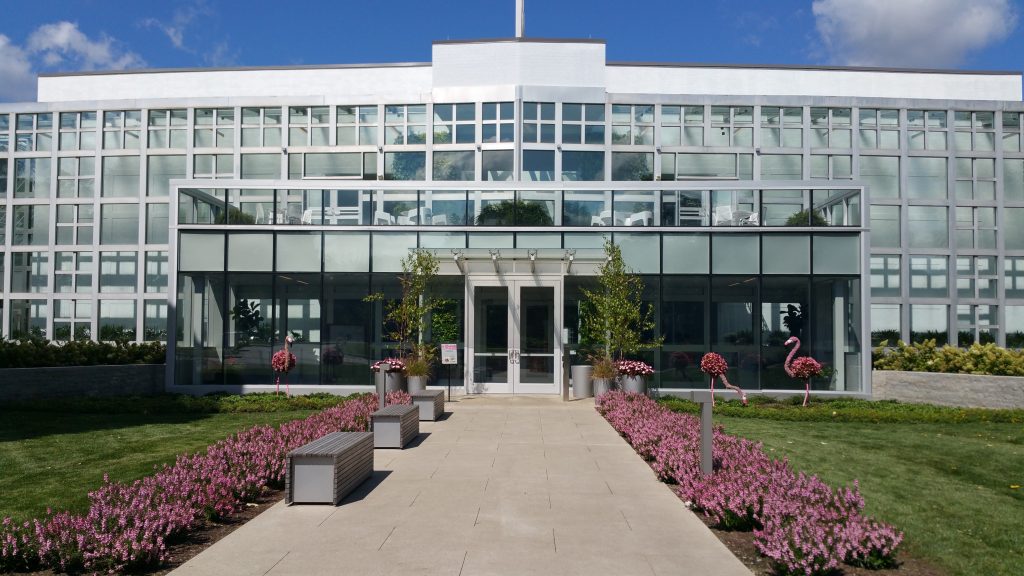
Over the years, the original Conservatory has been renovated and expanded, including a massive $14 million 1989 undertaking. In 1994, the updated space was the first in the nation to offer a seasonal butterfly exhibit, which featured hundreds of tropical butterflies flying through the Pacific Island Water Garden.
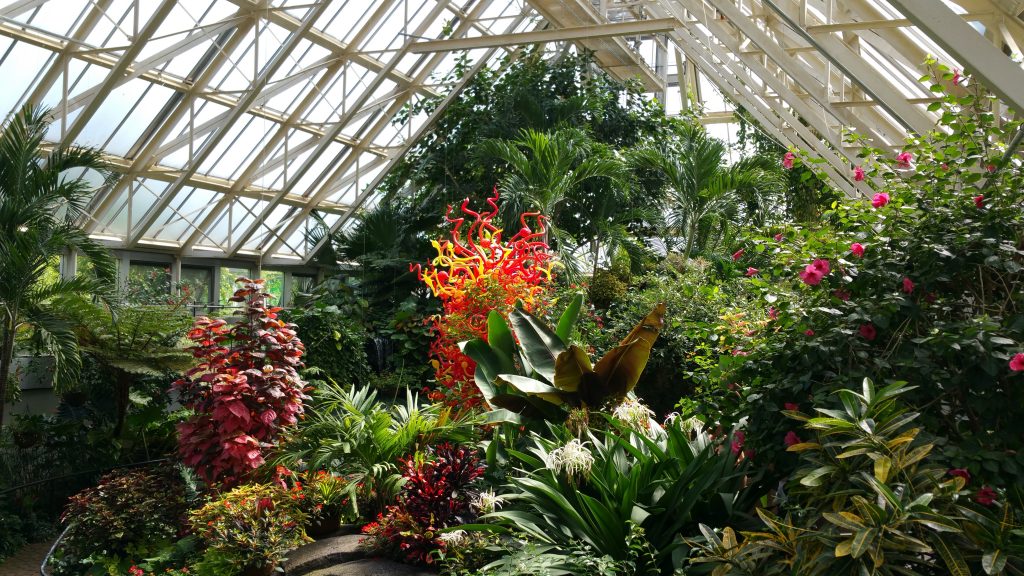
Although not something that has ever interested me, I went into this exhibit, and was immediately transfixed. Within minutes, I was blindly following a startlingly blue, bird-sized butterfly through the lush vegetation, as hundreds of others flew overhead. It was an amazing experience.
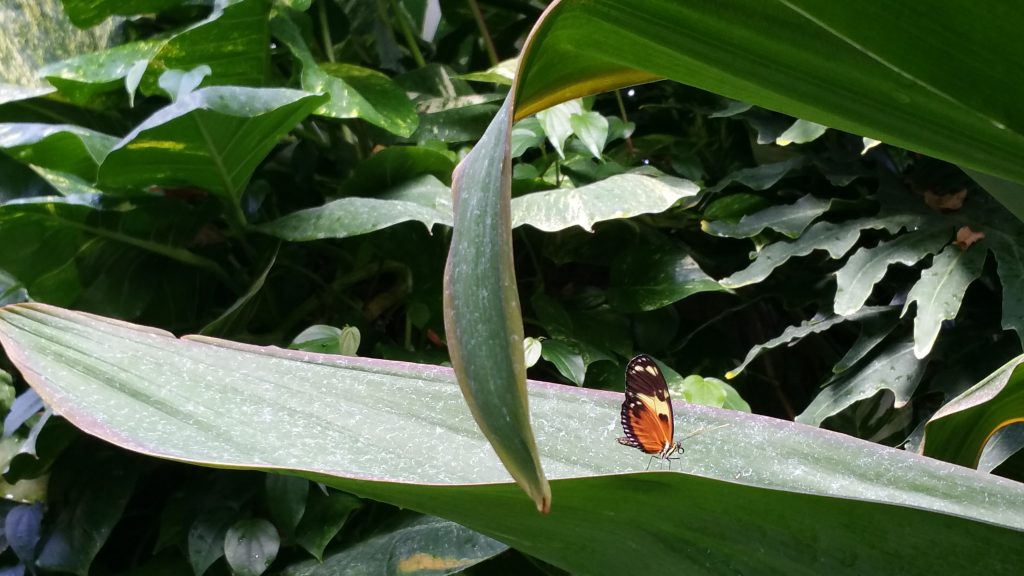
In 2003, the Conservatory hosted an exhibit called Chihuly at the Conservatory, which showcased a stunning collection of Dale Chihuly’s glass artwork; the following year, the non-profit group Friends of the Conservatory shocked everyone when they purchased the entire $7 million dollar, 3000 piece exhibit. Pieces can now be found in dedicated galleries, as well as throughout the gardens.
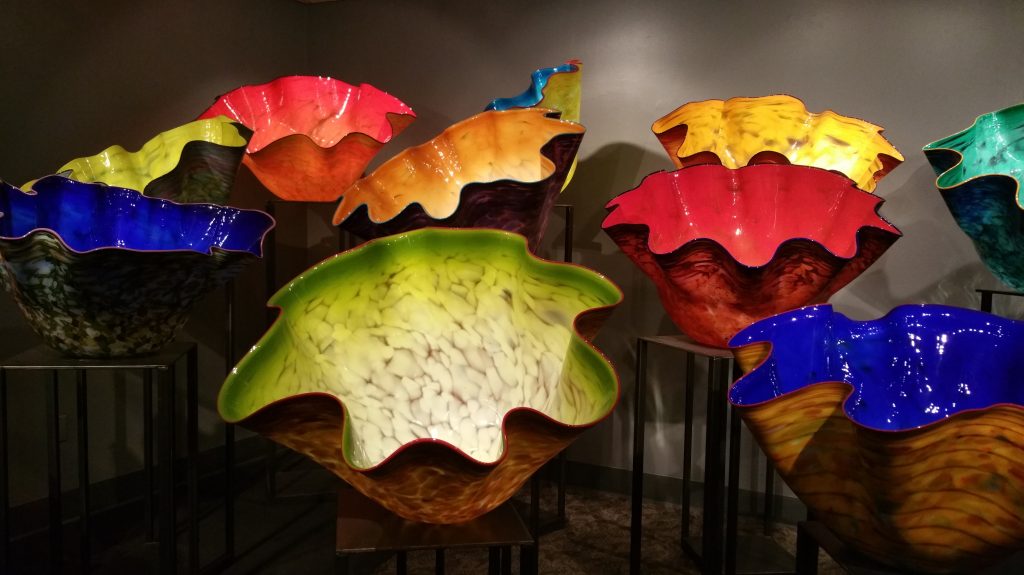
Outside the Conservatory, Franklin Park remains a verdant city oasis, full of walking trails and water features. If you are in the area after dark, the conservatory itself turns into a work of art; each night, James Turrell’s installation Light Raiment II illuminates the already stunning structure with over 7000 computer controlled LED lights. All around exceptional.
